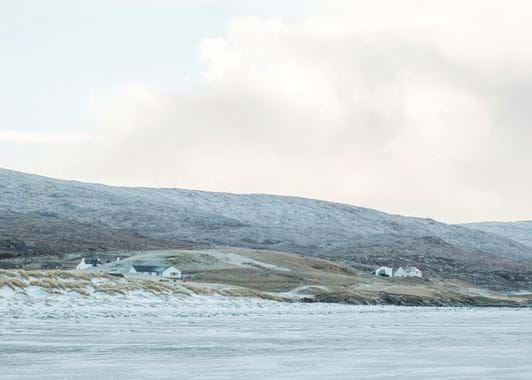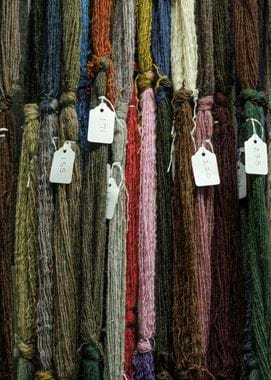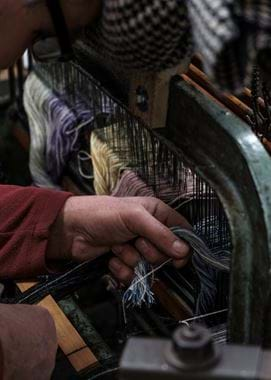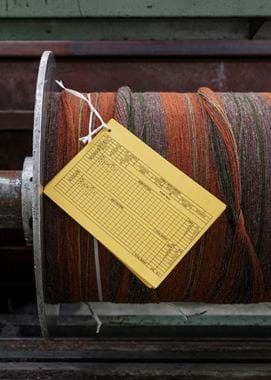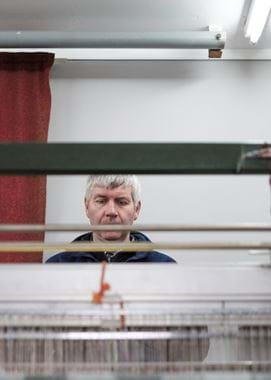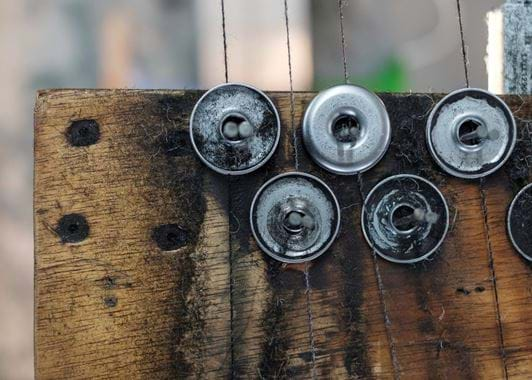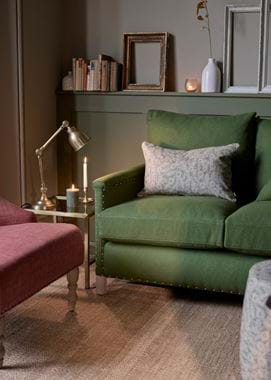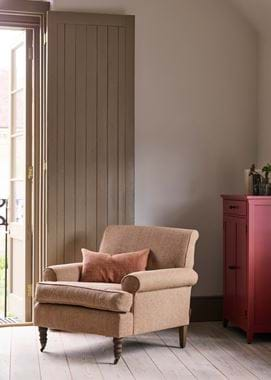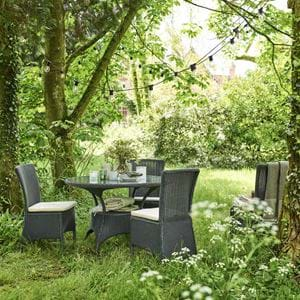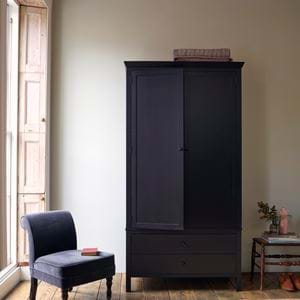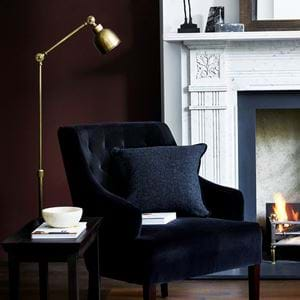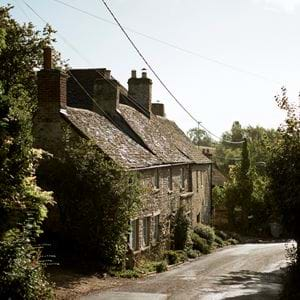Harris Tweed: what lies behind the weave?
Harris Tweed: what lies behind the weave?
Our Harris Tweed isn't lookalike. It's not one inspired by Harris Tweed either, but a through and through Harris Tweed – not something that you can claim lightly. Read on to discover all of the beautiful threads behind this parliament-protected cloth’s story...
Those kaleidoscopic yarns, that often coarse and always weighty texture, that clear as day quality, and that emblematic orb logo – it can only be Harris Tweed. A fabric that’s come to be used in a whole host of ways from blankets and cushion covers to washbags and laptop cases. It’s fair to say it’s a British textile icon with a global fanbase.
But that wasn’t always so. It may have been a part of Scottish history for over a century but, over 25 years ago, it was threatened by the collapse of the North American market (which it relied heavily on for trade) as well as the advent of a new double-width loom that meant other textile houses could produce more tweed at a quicker rate. Not only that, a leading fashion house adopted a remarkably similar orb trademark to Harris Tweed which caused brand identity issues. With the help of a body called the Harris Tweed Association (now the Harris Tweed Authority) however, Harris Tweed was granted legislative protection and became the only cloth in the world to have its own act of parliament – the Harris Tweed Act of 1993.
Provenance, authenticity and standards were all cared for under the new law, which enforced that for a cloth to be declared a bona fide Harris Tweed, it can only ever be made from pure virgin wool, hand-woven at the home of a registered Harris weaver, and made entirely in the Outer Hebrides of Scotland. The constraints were, of course, deliberate. Not only do they safeguard the charm and spirit of true Harris Tweed, but they prevent others from being able to forge imitations. This unique Scottish textile was to be fiercely guarded and honoured, forever.
But where did those signature Harris Tweed traits originate? Why was it that they were part of the new jurisdiction? History suggests that, before it was branded, Harris Tweed was known at Clò-Mòr (big cloth in Gaelic) – a fabric that was made by hand, by islanders, from Scottish wool, in their own cottages throughout winter. The Countess of Dunmore (whose husband, the sixth Earl, had inherited the island from his father) is thought to have taken a liking to the cloth in the 1840s. So much so, she requested her clan’s tartan be remade in Harris Tweed. It was received so well that she began marketing it to her friends on mainland Scotland and across the Scottish isles. It was this that lead to it becoming an established, coveted textile, though initially for reasons of inherent practicality than aesthetic appeal; Harris Tweed is more or less impervious to rain. Well into the 20th century, the main market was the landowning gentry.
The Harris Tweed Act also secured employment for the 500 or so islanders involved in its production – more than 100 of those being home weavers. Every process – dyeing, blending, carding, spinning, warping, weaving, finishing, stamping and inspecting – happens in the Outer Hebrides. The result is now more than 4,000 patterns and possibilities, all made with the help of the three island mills and each weaver’s own treadle-powered loom. Some use the new double-width loom, but most prefer the traditional single-width known as the Hattersley, including weaver Rebecca Hutton who believes the older looms require more skill. ‘It’s my loom – I know it, I love it. It connects me to my grandmother who wove on one, and it’s long been part of island life,’ she said. Harris Tweed is a product of love, community spirit and the traditional, artisanal ways that are passed down through the generations.
Our very own Harris Tweeds (that first cloth, woven for our autumn 2018 collection, has since been joined by several other colourways) take pride of place in our fabric collection. These tweeds are steeped in cultural significance and are worthy of such fierce protection. The endless tapestry of colours the weavers use is reflective of Hebridean life. Deep and earthy peat and fuzzy moss, purple-grey heather-like ribbons, straw yellow machair tones, electric streaks inspired by aurora skies, and a rugged nature buried deep in each piece of cloth reminding you that Harris Tweed is made of tough, beautiful stuff.
Get to know all our Harris Tweeds in our fabric library, upholster them on sofas, armchairs, footstools, headboards and dining chairs, or scatter them throughout your home on cushions.

